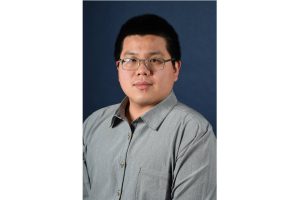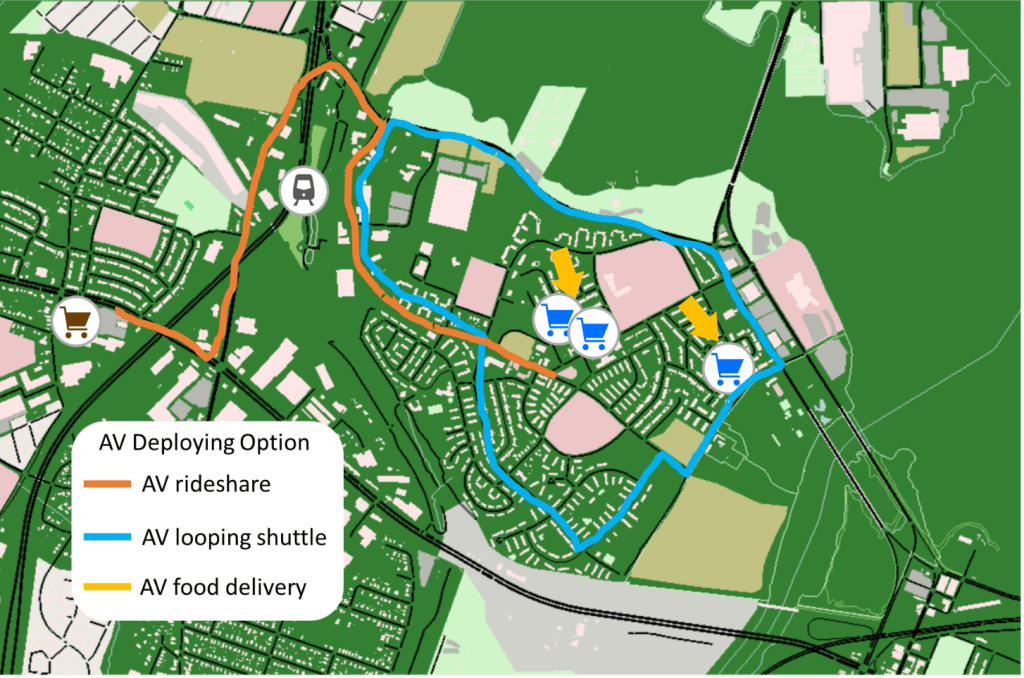
Todd Chang, a doctoral candidate in Johns Hopkins’ Department of Civil and Systems Engineering (CaSE), is working with Tak Igusa, a professor in CaSE and a member of JHU’s Center for Systems Science and Engineering (CSSE) and Institute for Assured Autonomy (IAA), on applying systems engineering strategies to the field of autonomous vehicles.
Can you describe your current research project?
Prof. Igusa’s team is investigating the potential for autonomous vehicles to be used to provide resources to underserved communities. The team, which includes researchers from the IAA and JHU’s Bloomberg School of Public Health, is focusing on Cherry Hill, a South Baltimore neighborhood whose members have limited access to nutritious, affordable food, a low rate of vehicle ownership, and few public transportation options.
How are you applying a system approach to address these issues?
The team is building simulations for three different scenarios: using AVs to deliver groceries to households, using AVs to provide rideshare trips to a nearby grocery store, and establishing an AV shuttle loop to transport residents to the closest bus stops. These scenarios will be presented to the community. Then, surveys will be used to gauge residents’ opinions and ensure that residents accept and trust the proposed solutions.

What is the current status of the project and what comes next?
The current phase of the project is ending in March, but we have secured funding from the Maryland Department of Transportation to apply our framework to 12 neighborhoods in Maryland that have conditions like the one we’re currently simulating. Hopefully, when we apply our existing framework to these neighborhoods, we can design AV deployment strategies tailored to each neighborhood’s needs. Our hope is that, by improving mobility and access, we can enhance social equity in these communities.
What is your role in the project?
My work is focused on building traffic simulations to see how AVs can improve accessibility to healthy food in Cherry Hill. I use an open-source tool called Eclipse SUMO (Simulation of Urban MObility), which allows me to directly import the neighborhood’s traffic network from Google Maps.
Even with SUMO, there’s still a lot of work involved. For example, I need to account for the bus stops for the entire area and import their schedules so that our simulations will be as close to reality as possible. I also need to find and import traffic flow data to understand, for example, how many cars travel in that area in an hour. By using accurate simulations, we believe we can help community members envision how the use of the AVs will directly affect them.
What opportunities has working on this project provided you?
This project has given me a chance to work with people outside of the engineering world. Our team is very collaborative, meeting every two weeks to discuss progress and action items. This not only includes bettering the simulations, but also crafting the community surveys used to gauge acceptance of our plan. Having a team from IAA and Public Health gives this project a well-rounded perspective while also allowing me to grow my professional network.